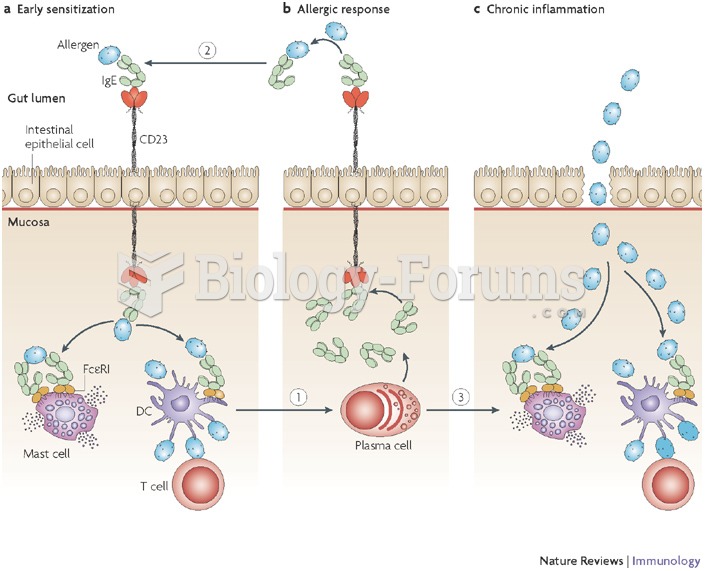Answer to Question 1
Students should mention that transition plans are mandated by IDEA. Educators (school staffs) responsibilities include:
Determining what postschool experience a student is attracted to (such as entering data on a computer or assembling items).
Identifying the competencies necessary to pursue this postschool goal.
Preparing the student for the job, further training, community living, and so on.
Linking with the community to increase the students chance of success.
Following up after graduation.
Answer to Question 2
Mention of the individual strengths and weaknesses that may be exhibited by persons with intellectual disabilities would be a good introduction or conclusion.
Students should list several more specific effectsfor example:
Delayed cognitive functioning makes learning in school more difficult for persons with intellectual disabilities. This difficulty may be evident in reduced ability to manipulate symbols (read) and to think abstractly (reasoning to a conclusion on a story problem).
Metacognition, or the ability to spontaneously identify and employ efficient strategies in a range of learning situations, may be more limited.
Inability to pay attention to important features of problems or texts, and a short attention span, may limit the ability to learn.
Generalization of a skill (such as recognition of monetary equivalents) to real-life applications is less spontaneous for the student with intellectual disabilities.
Associated social awareness skills (an adaptive behavior) make learning in a class situation challenging, especially if peers and teachers are unprepared to accommodate these behaviors.
Language competence (an adaptive behavior) may further complicate the learning process. Not understanding words, grammatical structure, and the pragmatics of language can detract from the learning opportunities of a person with intellectual disabilities.







